Use of shade cloth
growneat
9 years ago
Featured Answer
Sort by:Oldest
Comments (8)
digdirt2
9 years agogrowneat
9 years agoRelated Professionals
Accokeek Landscape Architects & Landscape Designers · Hyattsville Landscape Architects & Landscape Designers · Manorville Landscape Architects & Landscape Designers · Brandon Landscape Contractors · Edinburg Landscape Contractors · El Sobrante Landscape Contractors · Palatine Landscape Contractors · Weslaco Landscape Contractors · Cape Girardeau General Contractors · Marysville General Contractors · Randolph General Contractors · South Windsor General Contractors · Sun Prairie General Contractors · Archdale Stone, Pavers & Concrete · Frederick Decks, Patios & Outdoor Enclosuresseysonn
9 years agogrowneat
9 years agoseysonn
9 years ago2ajsmama
9 years agoseysonn
9 years ago
Related Stories

DECORATING GUIDESWalls Have a Field Day With Grass Cloth
Rustic or refined, richly textured grass cloth provides a burst of natural freshness to your interior decorating
Full Story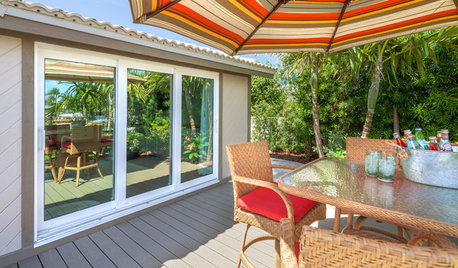
PATIOS6 Patio Cover Types to Shade You in Style
Protect yourself and your deck from the blazing sun with umbrellas, cloth, built structures — or nature's perfect shading solution
Full Story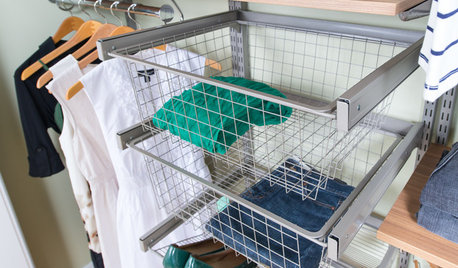
CLOSETSHow to Store Your Clothes to Keep Them Looking Good Longer
Here’s what clothes to fold, what to hang and how to stash your off-season stuff
Full Story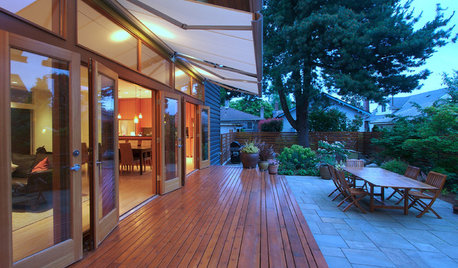
GARDENING AND LANDSCAPINGMade in the Shade, the Modern Way
Think beyond the patio umbrella with these 8 ideas for blocking the sun beautifully
Full Story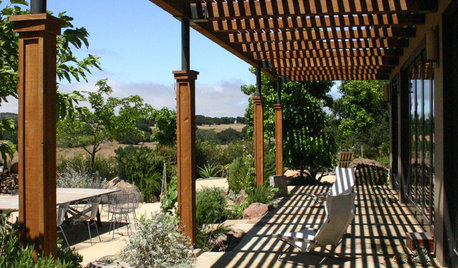
PATIOSPatio Details: A Shaded Patio Opens Up the View in Wine Country
A Douglas fir and metal pergola offers shelter from the hot sun on this scenic California property
Full Story
GARDENING GUIDES13 Japanese Maples for Shade
A surprising variety of these understory trees is waiting to make a statement in your shade garden
Full Story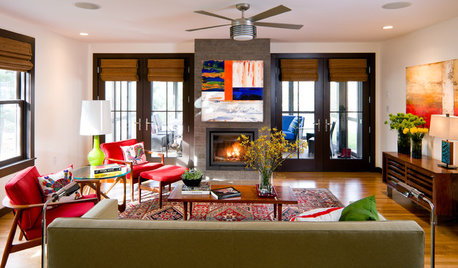
DOORSYour Door: Shades of Privacy and Light
Set the right scene with a woven roman shade for your glass door
Full Story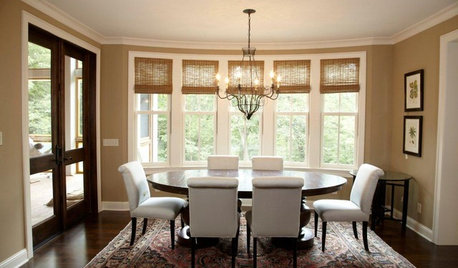
Woven Wood Shades Tie Rooms Together
Contrasting sharp modern edges or complementing a contemporary look, these window shades are a lovely finishing touch for any room
Full Story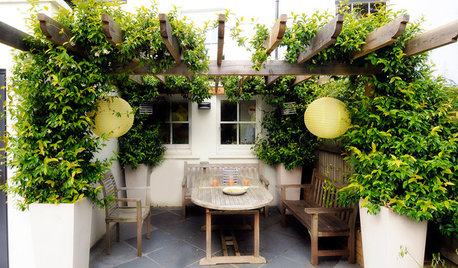
GARDENING AND LANDSCAPINGSeek Shelter in the Shade This Summer
Open up to outdoor living with 8 garden shade strategies
Full Story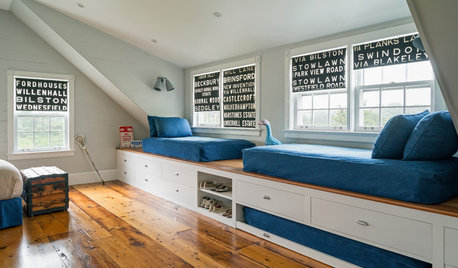
WINDOW TREATMENTSRoller Shades Raise the Curtain on Style
The humble window treatment is stealing the scene with fresh patterns, color and pizzazz
Full StorySponsored
More Discussions






growneatOriginal Author